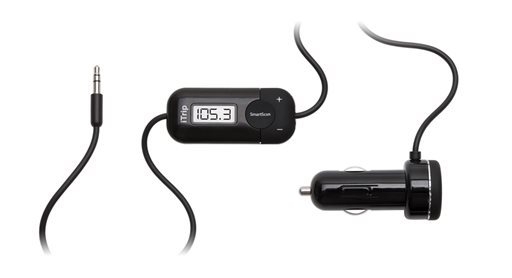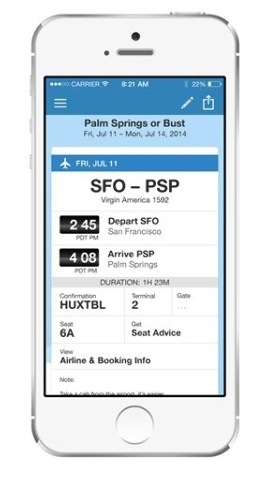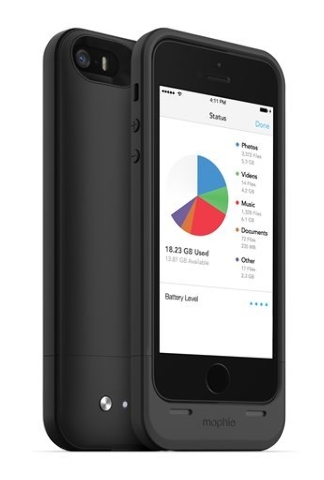Tips for traveling with technology



DENVER — Your swimsuit and your sunscreen are in the luggage, and your boarding passes are all printed out.
But did you remember your gadgets and chargers? Did you download enough entertainment? Do you know where you’re going?
In my travels, I’ve come across a number of products and services worth bringing along:
KEEPING YOUR GADGETS CHARGED
Duh. You’ll need not only the charging cord, but also the unit for plugging into the wall outlet. Bring a power strip, too, if you’re sharing a room. Otherwise, you’ll be fighting for the few outlets that aren’t hidden behind furniture or dangerously near a sink. If you’re going abroad, bring adapters and make sure your chargers will work with the voltage there.
Also consider ways to keep your gadgets charged during the day. If you’re driving, bring a USB charger that plugs into your car’s cigarette lighter. There are also portable chargers you can plug gadgets into. Some phone cases also serve as spare batteries.
One product that stands out is Mophie’s Space Pack for the iPhone 5 and 5s. It not only doubles battery life, but also gives you additional storage for photos and videos. A 16-gigabyte version retails for $150, while a 32-gigabyte one costs $180. A 64-gigabyte version starts selling next week for $250.
With it, I get about two full days of general phone use. It’s clunky to use, though. The iPhone uses its own power first, and you recharge the iPhone battery by switching on the Space Pack’s battery. If you forget to switch it off, the pack’s battery will continue to drain, even after the iPhone is fully recharged. The pack itself also takes a while to recharge — typically about four hours in my tests.
You need Mophie’s free Space app to copy photos and other content to the Space Pack’s storage. You then delete those files from the iPhone. It’s like having an external hard drive and having to manage what goes into it. Once I move photos to the pack, I’m not able to view them through the phone’s Photos and iPhoto apps.
Because of these constraints, and the fact that the case is bulky and heavy, I’m better off with a regular, unpowered case when I’m near chargers. The Space Pack is good for trips and other times I know I’d be draining the battery or filling up the phone’s storage faster than usual.
KEEPING ORGANIZED
I’ve been a loyal user of TripIt since I reviewed it in 2007. Back then, it was strictly a website for organizing your travel plans. Now, there are apps for various mobile devices. The apps remind you where to go next and offer easy links to your phone’s mapping apps for directions.
TripIt automatically creates a day-by-day itinerary based on all the flight, hotel and other confirmation emails that you forward to it. TripIt automatically pulls out flight numbers and seating information from the email, while adding useful information such as gate numbers. For hotels, TripIt pulls out addresses and check-in times. You can add notes such as the hours for a national park you’re visiting.
TripIt proved helpful this spring when I went with two friends to Yosemite National Park in California. I forwarded everyone’s flight confirmations to keep track of who was arriving when. I added details on hikes we were planning and the dress code for a fancy dinner. I then shared a link with everyone. TripIt also kept track of buses, subways and ferries I needed in Chicago, Denver and San Francisco.
The basic service is free. I haven’t found a need to pay $49 a year for TripIt Pro, which offers information on alternate seats or flights and ways to track frequent flier programs. TripIt Pro also offers alerts when gates and departure times change, but I get those free anyway as TripIt tries to show the benefits of upgrading.
Beyond TripIt, you might want to download apps for your airline. In many cases, you can check in and get a boarding pass on the phone — no printing needed.
KEEPING ENTERTAINED
You might want to download some books, magazines and video ahead of time for when you don’t have a good Internet connection.
If you’ll be driving, consider an FM radio transmitter. These gadgets transmit whatever’s playing on your digital music player over an open frequency on the FM dial.
I bought Griffin’s iTrip from a Best Buy in Minnesota in 2009 for about $50. It has become essential for all my road trips. I simply plug the iTrip cord into my iPod’s headphone jack. I then tune the car radio to an open FM frequency that iTrip finds for me. Podcasts, audiobooks and regular music come over the car speakers.
There are separate models for Apple devices depending on the type of charging port it has. For other devices, use the iTrip Auto Universal Plus, which uses the standard headphone jack. If you’re getting Space Pack, you’ll want this universal version, too, as the case covers up the iPhone’s regular port. This model also has a USB port to charge gadgets while driving.
These transmitters don’t work well in urban areas, where there aren’t many free frequencies. Also, sound quality isn’t as good as what you normally get over the radio. But it beats silence. Beware that other motorists within 30 feet might also be able to tune in to what you’re listening to.












